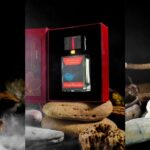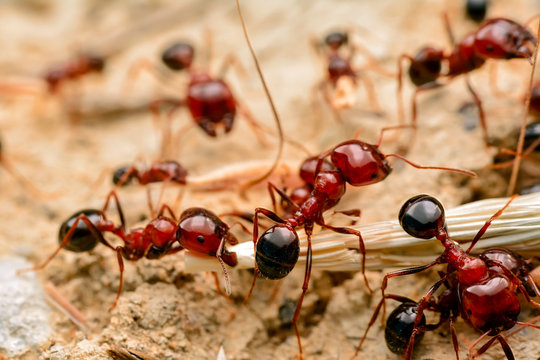When diving into the world of laboratory experiments, one of the most crucial decisions you’ll make is selecting the right well plate. It might seem like a minor detail, but trust me, the type of well plate you choose can significantly impact your results. So, let’s break down how to navigate this seemingly simple yet essential choice.
Understanding Well Plates: The Basics
Well plates, also known as microplates or microtiter plates, come in various formats and sizes. They are primarily used for biological assays, including cell culture, drug screening, and biochemical analysis. The most common configurations are 6-well, 12-well, 24-well, 48-well, 96-well, and even 384-well plates. Each type has its own unique applications and advantages.
Why Does It Matter?
Imagine you’re a chef trying to bake a cake. If you use the wrong pan size or shape, your cake might not rise properly or could burn. The same principle applies to well plates in experiments. Choosing the wrong format can lead to inconsistent results or even failed experiments. 24 Well Plate Template, 384 Well Plate Template, 6 Well Plate Template, and 96 Well Plate Template mostly used in experiments, A 96 Well Plate Template is a handy reference tool used by scientists and lab technicians worldwide. Download 96 Well Plate Template in just one click!
Key Factors to Consider When Choosing a Well Plate
- Well Count:
- Low-throughput vs. High-throughput: If you’re running a few tests (think of it as cooking dinner for a family), a 6- or 12-well plate might suffice. However, if you’re conducting high-throughput screening (like preparing meals for a banquet), you’ll want to opt for a 96- or even 384-well plate.
- Well Volume:
- The volume of each well affects how much sample you can use and how concentrated your reactions will be. Smaller wells (like those in 384-well plates) require less reagent but can be trickier to manage.
- Surface Treatment:
- Depending on your assay type, you might need plates with specific surface treatments. For example, if you’re culturing cells that need to adhere to the bottom of the plate, look for plates with treated surfaces that promote cell attachment.
- Material:
- Most well plates are made from polystyrene or polycarbonate. Polystyrene is great for general use and is often used in cell culture applications due to its optical clarity and compatibility with various assays.
- Color and Opacity:
- The color of the well plate can influence your results based on your assay type. For fluorescence assays, black plates are ideal as they minimize background noise. Conversely, white plates are better for luminescence assays as they enhance signal detection.
Types of Well Plates and Their Applications
| Plate Type | Common Uses | Advantages |
|---|---|---|
| 6-Well Plate | Cell culture | Easy handling; larger sample volume |
| 24-Well Plate | Moderate-scale assays | Versatile; good for preliminary studies |
| 96-Well Plate | High-throughput screening | Cost-effective; maximizes data collection |
| 384-Well Plate | Ultra-high throughput | Minimizes reagent use; ideal for large-scale studies |
Choosing the Right Format: It’s essential to align the type of plate with your experimental goals. For instance, if you’re working on permeability assays or drug screening that requires multiple conditions tested simultaneously, a higher well count is beneficial.
Surface Treatments: A Deeper Dive
Surface treatments can significantly affect your results:
- Tissue Culture Treated (TCT): These plates are designed for cell attachment and growth.
- Non-Treated Plates: Ideal for suspension cultures where cells do not need to adhere.
- Specialized Coatings: Some plates come with coatings that enhance specific interactions, such as protein binding or cell adhesion.
Practical Tips for Selecting Well Plates
- Assess Your Needs: Before making a choice, consider what type of assay you’ll be performing and how many replicates you need.
- Experiment with Different Formats: Don’t hesitate to try various well types in preliminary experiments to see which yields the best results.
- Consult with Peers or Literature: Sometimes talking to colleagues or reviewing recent studies can provide insights into what works best for similar experiments.
Troubleshooting Common Issues
Even with careful selection, issues may arise:
- Evaporation: In high-density plates (like 384-well), evaporation can skew results. Consider using sealing films or lids designed to minimize this.
- Cross-contamination: Ensure proper pipetting techniques and consider using barrier tips when transferring samples.
- Edge Effects: Wells at the edges may behave differently due to temperature variations; randomizing sample placement can help mitigate this.
Final Thoughts
Choosing the right well plate is more than just picking a size; it’s about understanding your experiment’s needs and aligning them with the appropriate tools at your disposal. Just like selecting the right ingredients makes all the difference in cooking, so does choosing the right well plate in scientific research.
So next time you’re faced with this decision, remember these tips and tricks! You’ll not only enhance your experimental outcomes but also streamline your workflow making science not just effective but also enjoyable! Happy experimenting!


